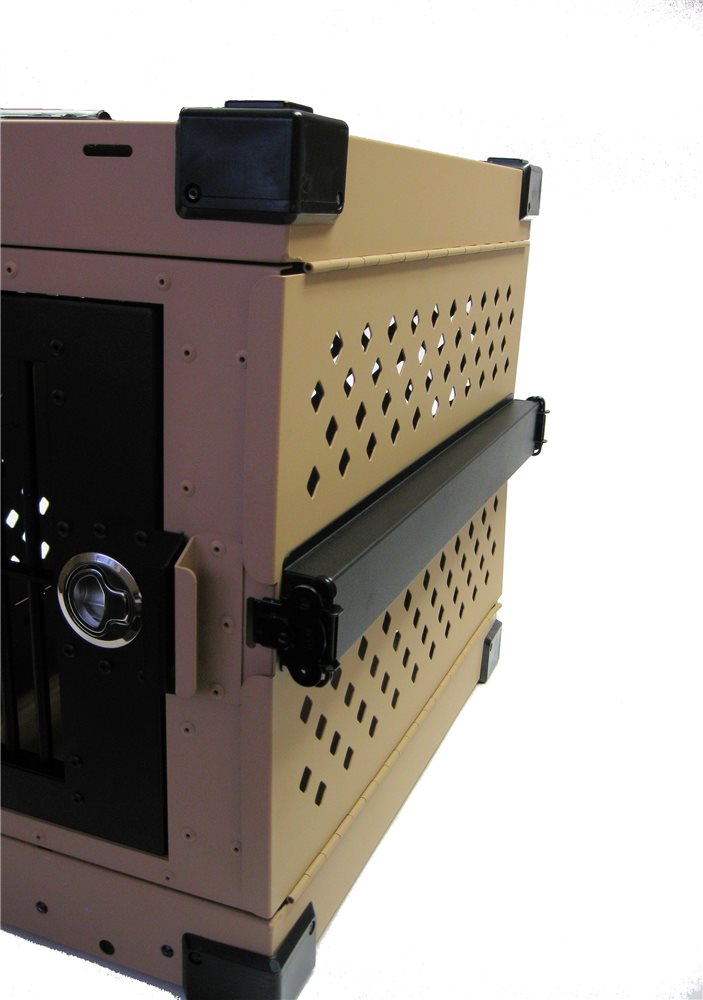Crate training is a new concept for many, but is a very effective training tool for adult dogs and puppies. it may take a little time and effort to train your dog to use the crate , but it can prove useful in a variety of situations .. With dogs that growl over their food bowl, feeding the dog inside of the crate can be a training imperative. prevent escapes from dogs that might otherwise dig, chew, or leap their way out of your home. the number one reason for crate training for most people is keeping their stuff safe from the untrained bladders and chewing urges of dogs.. Small plastic crates are easy to carry from room to room and have solid sides that make a puppy feel like he is in a safe den. never use soft-sided crates for crate training—puppies like to chew fabric and may be able to gnaw their way out. how to crate train your dog. life with a dog is easier if your puppy likes his crate..
Impact collapsible dog crate – small – rock steady kennels
Avery ez bird mallard flasher - huntemup
Savic cottage crate | canine concepts
Increase the length of time spent in the crate once your dog is happy in the crate for about 10 – 15 minutes after finishing its meal, you can start to confine it to the crate for longer periods. get the dog into the crate using a command such as “crate” or “bed”. as the dog enters the crate, give it a treat, praise it and close the door.. Crate training uses a dog’s natural instincts as a den animal. a wild dog’s den is his home, a place to sleep, hide from danger, and raise a family. the crate becomes your dog’s den, an ideal spot to snooze or take refuge during a thunderstorm. the primary use for a crate is housetraining. dogs don’t like to soil their dens.. Do consider your needs, your dog’s needs, and your home’s layout when deciding where to put the indoor potty. do get a crate for your indoor trainee so that he learns to regulate his potty maneuvers. do use scent and repetition to teach your dog that the indoor potty is the only surface upon which he should take a whiz or make a deposit..

